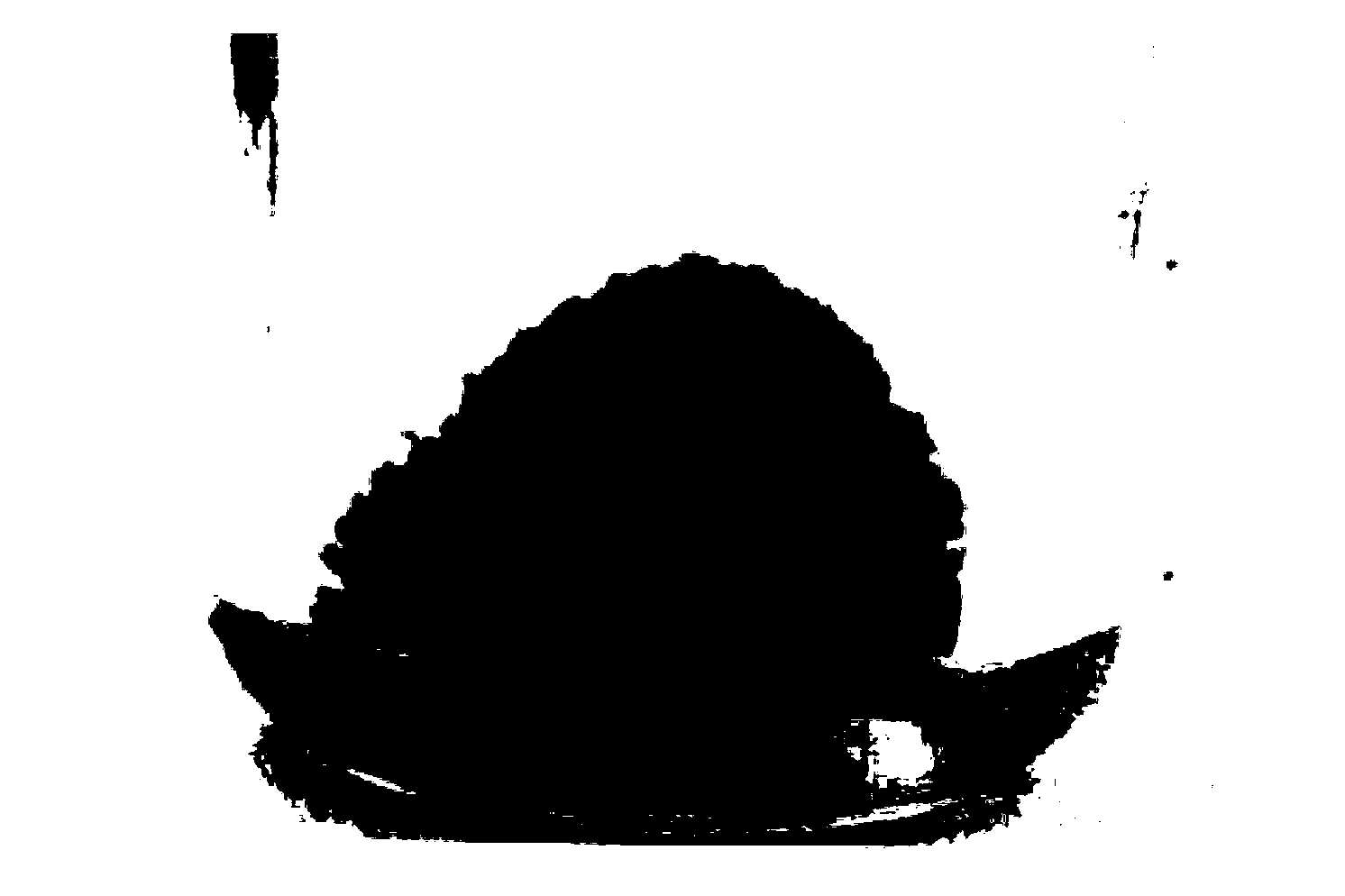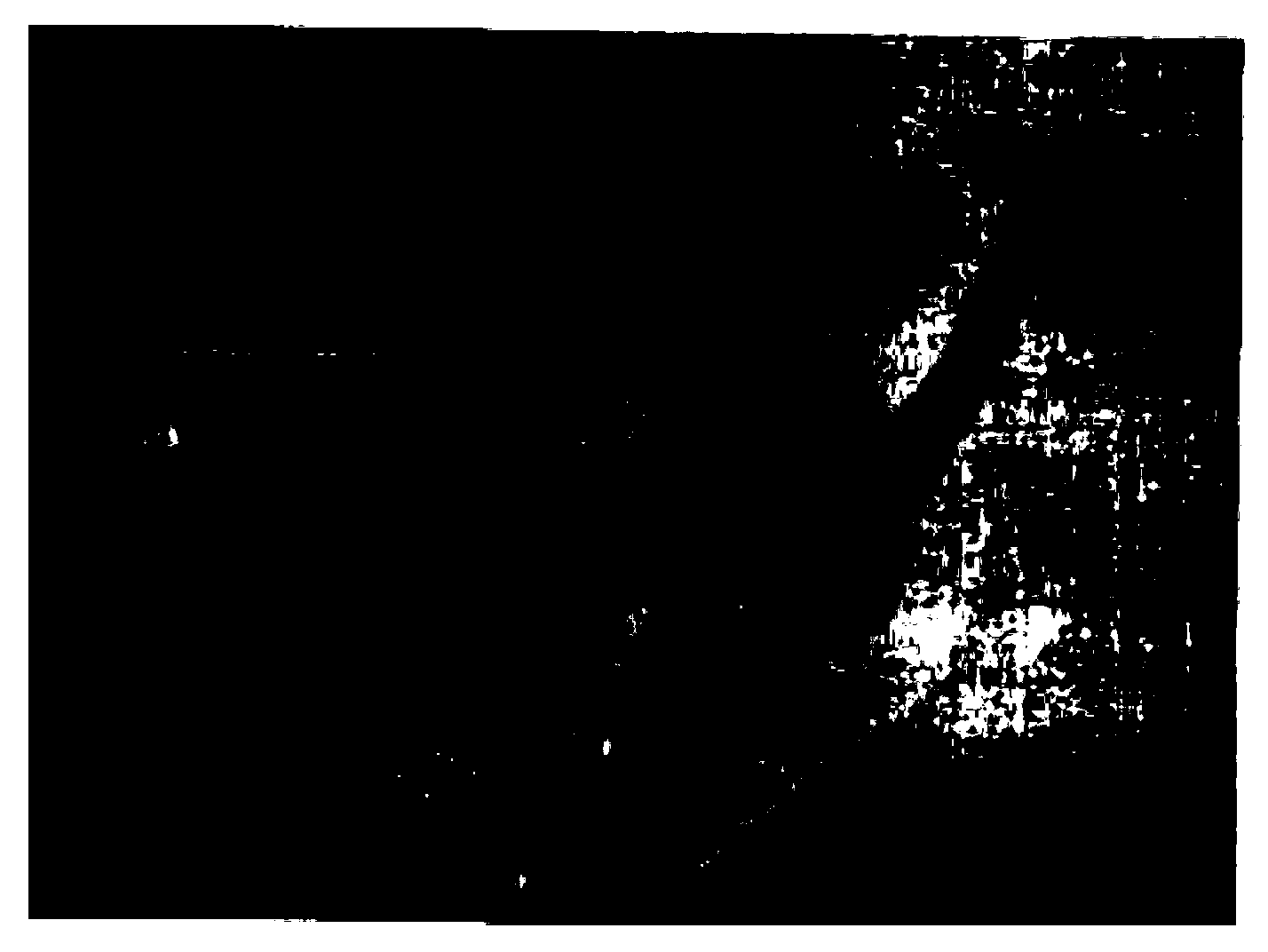Method for rapidly reproducing new pteris fern seedlings by using prothallium reproduction approaches
A technology of prothallus and bird's nest fern, which is applied in the field of agricultural biology, can solve the problems of high reproduction coefficient, irregular seedlings, and low multiplication coefficient, and achieve the effect of simple process flow, consistent physiological age, and neat growth
- Summary
- Abstract
- Description
- Claims
- Application Information
AI Technical Summary
Problems solved by technology
Method used
Image
Examples
Embodiment 1
[0029] 1. Prothallus culture process
[0030] Take the bird's nest fern leaves with undissipated spores, soak them in detergent solution for 10 minutes, drain and rinse them for 10 minutes, and wash them with 0.1% HgCl on the ultra-clean workbench. 2 Sterilize for 8 minutes, rinse with sterile water for 4 times, blot dry with sterile paper, scrape out the spores with a scalpel, and inoculate them into the spore germination medium (MS basic medium + BA0.5 mg / L + sucrose 30 g / L+carrageenan 6.5 g / L, pH 5.8), the spores germinate and grow into green protonema after about 6 to 8 weeks of culture, and many green dots can be seen on the surface of the medium; the spores germinate and form The protonema were inoculated in the development medium (MS+6-BA 1.0 mg / L+NAA 0.02 mg / L+sucrose 30 g / L+carrageenan 6.5 g / L, pH 5.8), after 4 weeks, the protonema developed into prothallus.
[0031] 2. Proliferation culture process
[0032] Cut the prothallus mass into 1 cm 3 The small pieces of...
PUM
 Login to View More
Login to View More Abstract
Description
Claims
Application Information
 Login to View More
Login to View More - R&D
- Intellectual Property
- Life Sciences
- Materials
- Tech Scout
- Unparalleled Data Quality
- Higher Quality Content
- 60% Fewer Hallucinations
Browse by: Latest US Patents, China's latest patents, Technical Efficacy Thesaurus, Application Domain, Technology Topic, Popular Technical Reports.
© 2025 PatSnap. All rights reserved.Legal|Privacy policy|Modern Slavery Act Transparency Statement|Sitemap|About US| Contact US: help@patsnap.com



